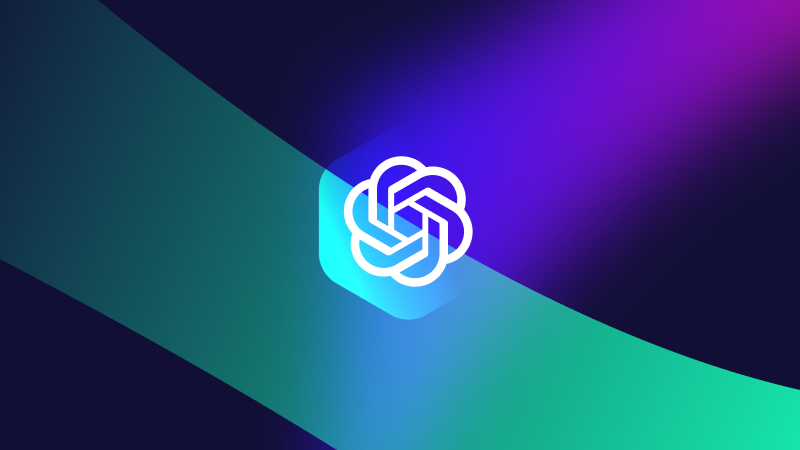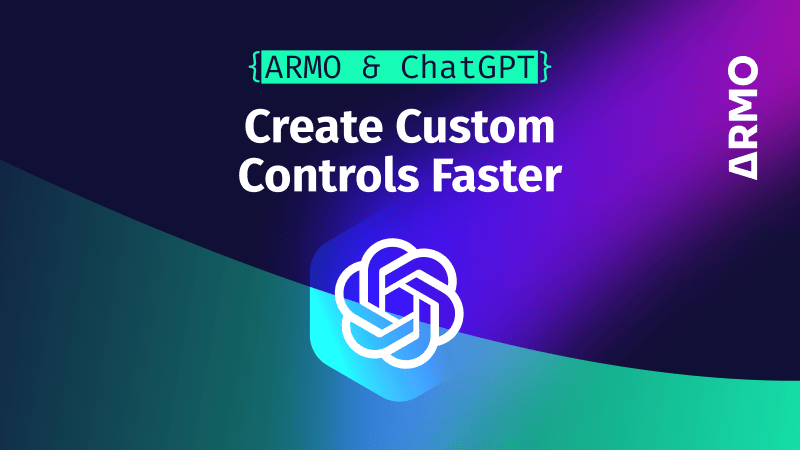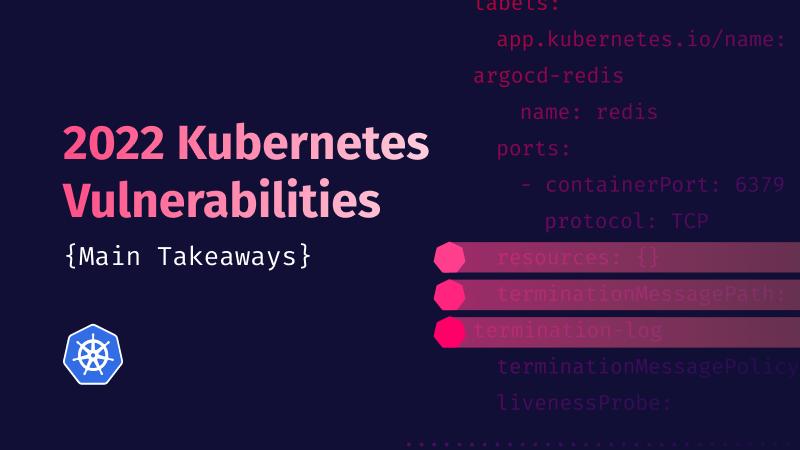ARMO & ChatGPT – Create Custom Controls Faster
ARMO Platform users can now utilize ChatGPT to quickly and easily create custom controls. Read...

Jul 27, 2023
Let’s face it, the tech world is a whirlwind of constant evolution. AI is no longer just a fancy add-on; it’s shaking things up and becoming part and parcel of various industries, not least software development. One such tech marvel that’s stealthily carving out a significant role in our software supply chain is OpenAI’s impressive language model – ChatGPT.
If you’re still navigating the acronym minefield, don’t worry, you’re not alone. ChatGPT stands for “Generative Pretrained Transformer” and it’s an AI language model created by the great minds at OpenAI. It’s trained on an ocean of internet text, making it a Jack of all trades: answering queries, penning essays, summarizing texts, and – here’s the kicker – generating code.
For developers, this is like a dream come true. An AI-powered sidekick offering code snippets? Sign us up! And that’s precisely what GitHub did. Their CoPilot tool, plugged into Visual Studio Code, harnesses the power of ChatGPT to anticipate and propose code snippets or even whole functions. We’re looking at quicker software development – and who wouldn’t want that?

The software supply chain is everything that goes into software development and distribution. We’re talking source code, third-party libraries, APIs, and even the integrated development environment (IDE). Now, when you think of AI-driven code snippets sliding into this mix (thanks to ChatGPT or GitHub CoPilot), it becomes clear that these models are indirectly weaving their way into our software codebase. Subtly but surely, ChatGPT is becoming a cog in the machine of the software supply chain.
Hold onto your hats, folks, because here’s where the plot thickens. While the union of AI and software development sounds like a match made in heaven, it’s not without its drawbacks. The villain of the piece? Malicious actors who’ve spotted an opportunity to exploit AI code generation. By training models like ChatGPT with harmful code snippets, they’re playing a dangerous game. Developers asking for code could, unknowingly, be pulling dodgy code into their software supply chain.
Take, for example, the time when developers were after a method to decode URLs. ChatGPT, in all its innocence, suggested using a particular Python package. Unbeknownst to all, this package had been maliciously uploaded to the Python Package Index. When developers fired up this package following ChatGPT’s suggestion, the rogue code swooped in and stole their credentials. Just like that, the attacker could manage AWS as if they were the developers themselves. Yikes.
We’re not just talking about a security issue here; it’s an unprecedented threat to trust, privacy, and the integrity of the software supply chain. And it’s not going away. As AI becomes more intertwined with software development, the scope for such attacks grows, opening up new, terrifying horizons for cyber threats.
But let’s not lose our heads. As with all tech, the key is finding a sweet spot between advancement and security. ChatGPT and its AI counterparts are incredible assets to software development, but we’ve got to keep our eyes wide open to avoid inviting vulnerabilities into our supply chain.
Awareness is our best defense. Developers need to understand this emerging threat and be vigilant with AI-generated code. And let’s not forget the people behind the AI. Organizations like OpenAI and GitHub have a responsibility to keep their training data clean and keep those pesky malicious actors at bay.
At the end of the day, we can’t deny the boost AI gives to the software supply chain. But with great power comes great responsibility. As we ride the wave of AI-driven software development, it’s crucial to remember that AI is a tool that can be wielded for good and ill. It’s up to us to ensure that it’s used wisely and protect ourselves from potential misuse. As we buckle up for the future of software development, we’ve got one heck of a challenge – and opportunity – on our hands.
As ever, we suggest being proactive about your Kubernetes security. Evolve your security practices. Pay extra attention to your Software Bill of Materials (SBOM) and image signing as well as code provenance. Continue to adopt the zero-trust mindset. Scan for misconfigurations and vulnerabilities on a regular basis. ARMO is here to help you with this. Try it free, today!

The only runtime-driven, open-source first, cloud security platform:
Continuously minimizes cloud attack surface
Secures your registries, clusters and images
Protects your on-prem and cloud workloads

ARMO Platform users can now utilize ChatGPT to quickly and easily create custom controls. Read...

The tech sector is expanding aggressively. And for businesses and services, keeping up with this...

All the main K8s vulnerabilities from 2022 consolidated into one article. Read all about it...